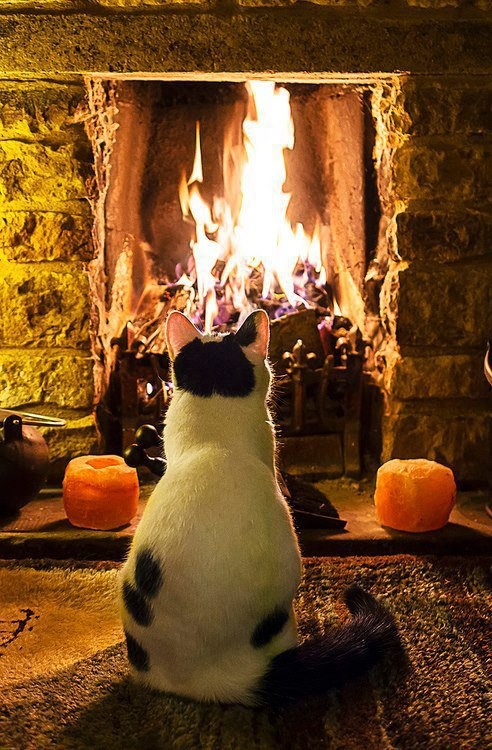Greening Your Fireplace
Cold Facts About Fireplaces” taken from www.earthshare.org
When you light a blazing fire on a cold winter day it looks and feels wonderful, but it can be an expensive and inefficient endeavor. A fireplace sends most of the heat in your house straight up the chimney emitting as much as 24,000 cubic feet of air per hour to the outside! But, there are ways you can limit the loss of heat when enjoying a quiet evening by the fire.
Reduce heat loss by opening dampers in the bottom of the firebox (if provided) or open the nearest window slightly – only about an inch – and close doors leading into the room.
Keep it clean by hiring a chimney sweep to inspect your chimney each year. And keep ash and soot from collecting in the fireplace to improve efficiency.
Install tempered glass doors and a heat-air exchange system that blows warmed air back into the room.
Check the seal on the flue damper and make it as snug as possible.
Use grates made of C-shaped metal tubes to draw cool room air into the fireplace and circulate warm air back into the room.
Keep your fireplace’s damper closed when you aren’t using it.
Consider a gas fireplace if you are planning to install a new one. These provide the enjoyment of looking at flames but can be 70% more efficient than regular fireplaces.

